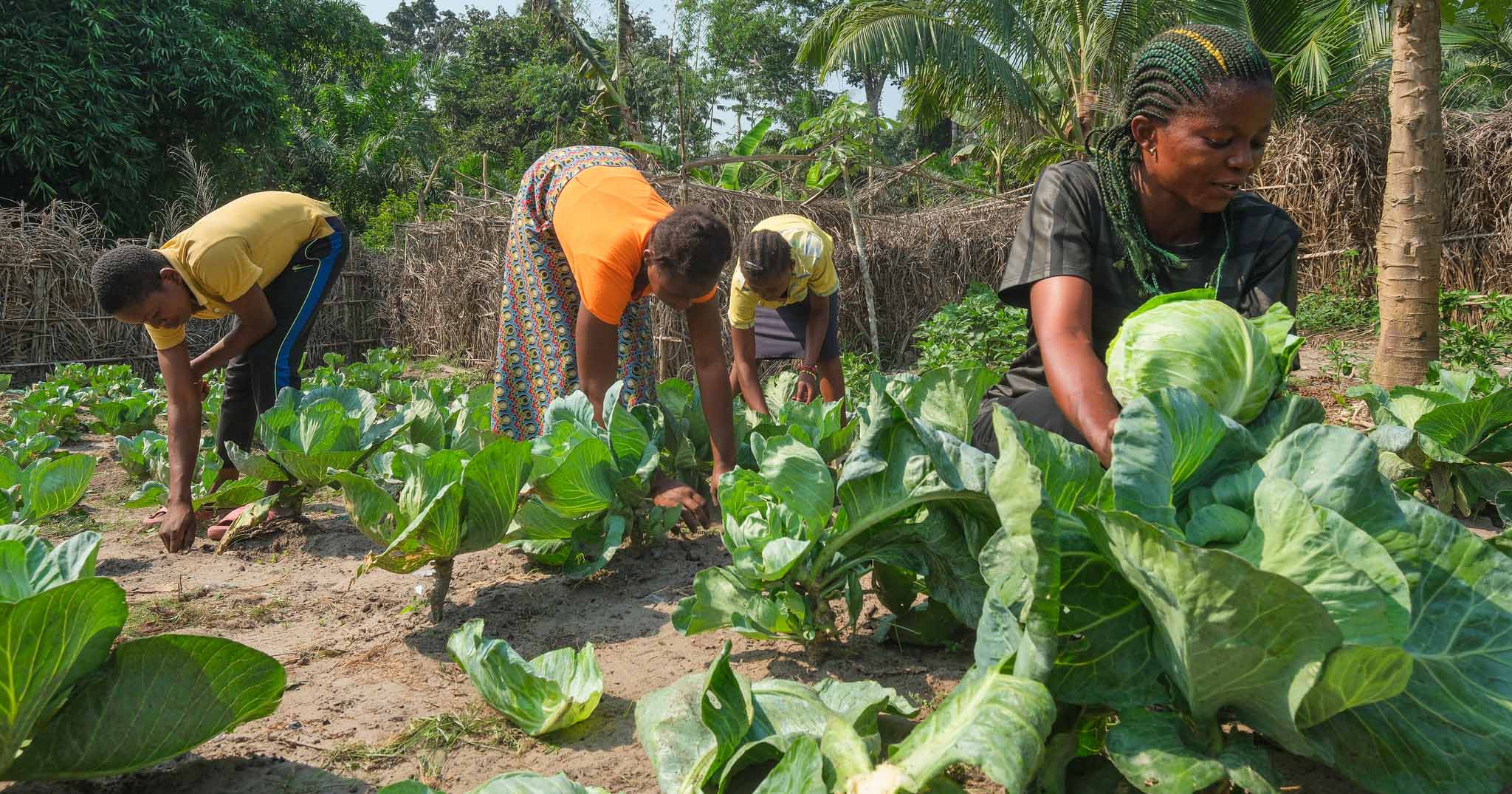The size of drylands in Africa is constantly increasing following the increase of the population, land use and practices used in the daily activities to sustain community livelihood. Climate change and erratic weather conditions are also expected to contribute to further land degradation, expanding dryland ecosystems. Land degradation undermines the range of ecosystem services on which dryland communities depend on. This chapter highlights challenges faced by dryland communities in Africa, which might be exacerbated by climate change. Throughout the chapter, evidence is presented on ways to transform drylands into productive, profitable and sustainable ecosystems that contribute to climate change adaptation and mitigation. A very popular approach is famer-managed natural regeneration (FMNR), which has a number of advantages over other approaches in the context of drylands. FMNR has been actively promoted in the Sahel for over four decades, spreading from Niger to the neighbouring Burkina Faso and Mali in the 1980s and currently to other regions in Africa and Asia. FMNR is farmer driven and creates multifunctional landscapes that offer multiple ecosystem services. At the adaptation level, FMNR restores the degraded ecosystem services such as the provision of goods to local communities facing shocks and creation of resilient production systems against extreme weather events. At the mitigation level, FMNR contributes to carbon sequestration in plant biomass and soils while reducing greenhouse gas emissions. The chapter concludes with two cases of FMNR illustrating the benefits to dryland communities.
DOI:
https://doi.org/10.1007/978-981-19-4602-8_3
Dimensions Citation Count:

Publication year
2023
Authors
Kuyah, S.; Buleti, S.; Dimobe, K.; Nkurunziza, L.; Moussa, S.; Muthuri, C.W.; Öborn, I.
Language
English
Keywords
natural regeneration, climate change, mitigation, adaptation, semiarid zones, agroforestry, land degradation























